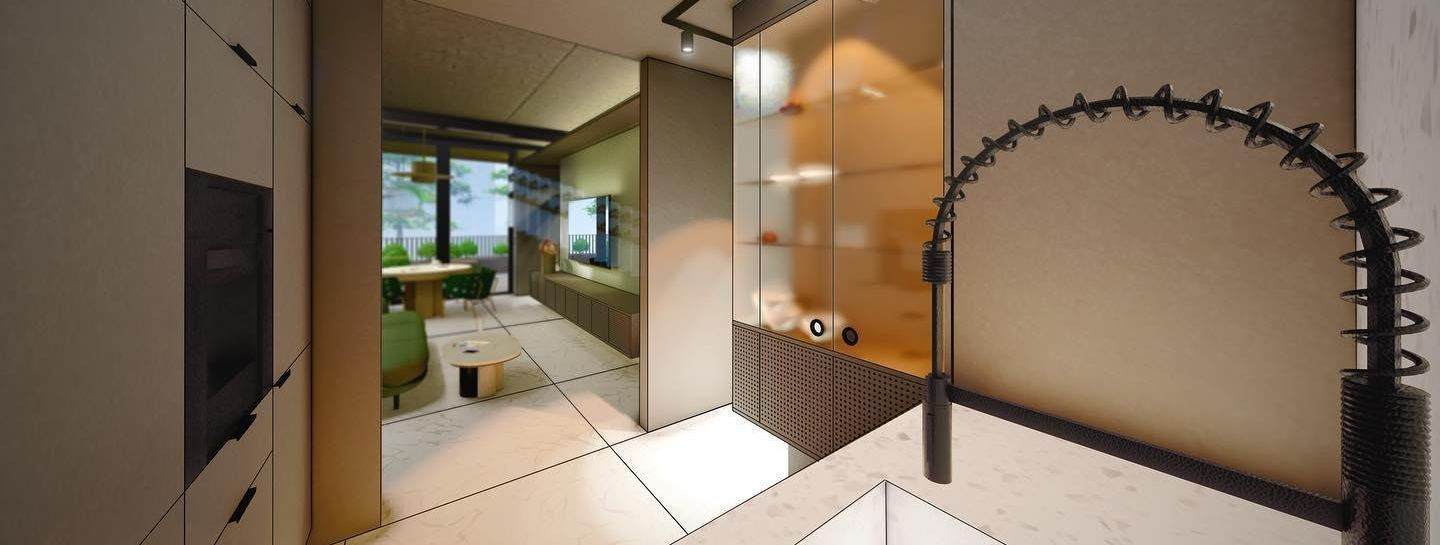The importance of detail planning in construction
Detail planning in construction refers to the meticulous process of outlining every aspect of a construction project before ground is broken. It encompasses the preparation of detailed drawings, specifications, schedules, and cost estimates that guide the construction process from inception to completion.
Without a comprehensive plan, construction projects can encounter numerous problems, such as cost overruns, delays, and quality issues. Detail planning serves as a blueprint for success, ensuring that all stakeholders have a clear understanding of the project's objectives, timeline, and requirements.
The Benefits of Detail Planning
By anticipating expenses and aligning them with the budget, detail planning helps to avoid unexpected costs and ensures financial resources are used effectively. A detailed plan outlines a realistic timeline for project completion, allowing for efficient scheduling of labor and resources, and minimizing downtime.
Detail planning establishes quality benchmarks and compliance standards, ensuring the final construction meets or exceeds expectations. Identifying potential risks and implementing safety protocols is an integral part of detail planning, contributing to a safer construction environment.
Effective communication and coordination among all parties involved are facilitated by a detailed plan, which acts as a common reference point. Detail planning incorporates sustainable practices and materials, reflecting a commitment to environmental stewardship.
Components of Detail Planning in Construction
Defining the project's scope and detailed specifications is the foundation of detail planning, ensuring that all project goals are clearly outlined. Architectural details are meticulously planned to align with the client's vision and functional requirements of the space.
Selecting the right materials and managing procurement processes are crucial for maintaining quality and adherence to the project timeline. Detail planning involves strategizing the allocation of labor and resources to optimize productivity and efficiency.
Navigating the complex landscape of legal requirements and building codes is made easier with a detailed construction plan. Preparing for the unexpected with contingency plans ensures the project can adapt to changes and challenges.
Implementing Detail Planning in Your Project
Selecting experienced partners like VNDL ARHITEKTUUR OÜ, who understand the importance of detail planning, is crucial for project success. Employing the latest technology and tools can enhance the precision and efficiency of the planning process. Detail planning is not a one-time task; it requires ongoing attention and flexibility to respond to project developments.
Embark on a journey to architectural excellence with VNDL ARHITEKTUUR OÜ, where detail planning is the cornerstone of every successful construction project.






Comments (0)